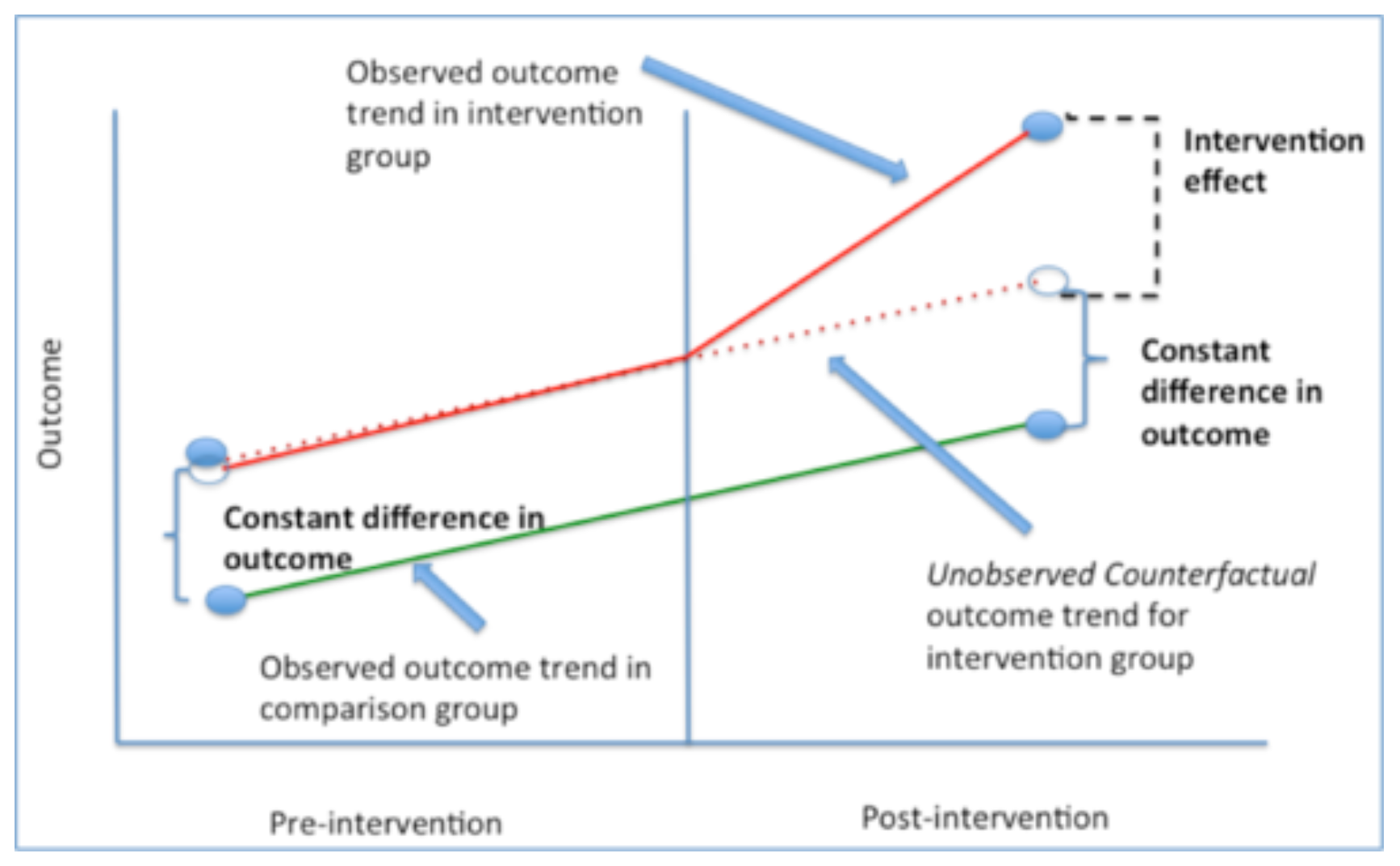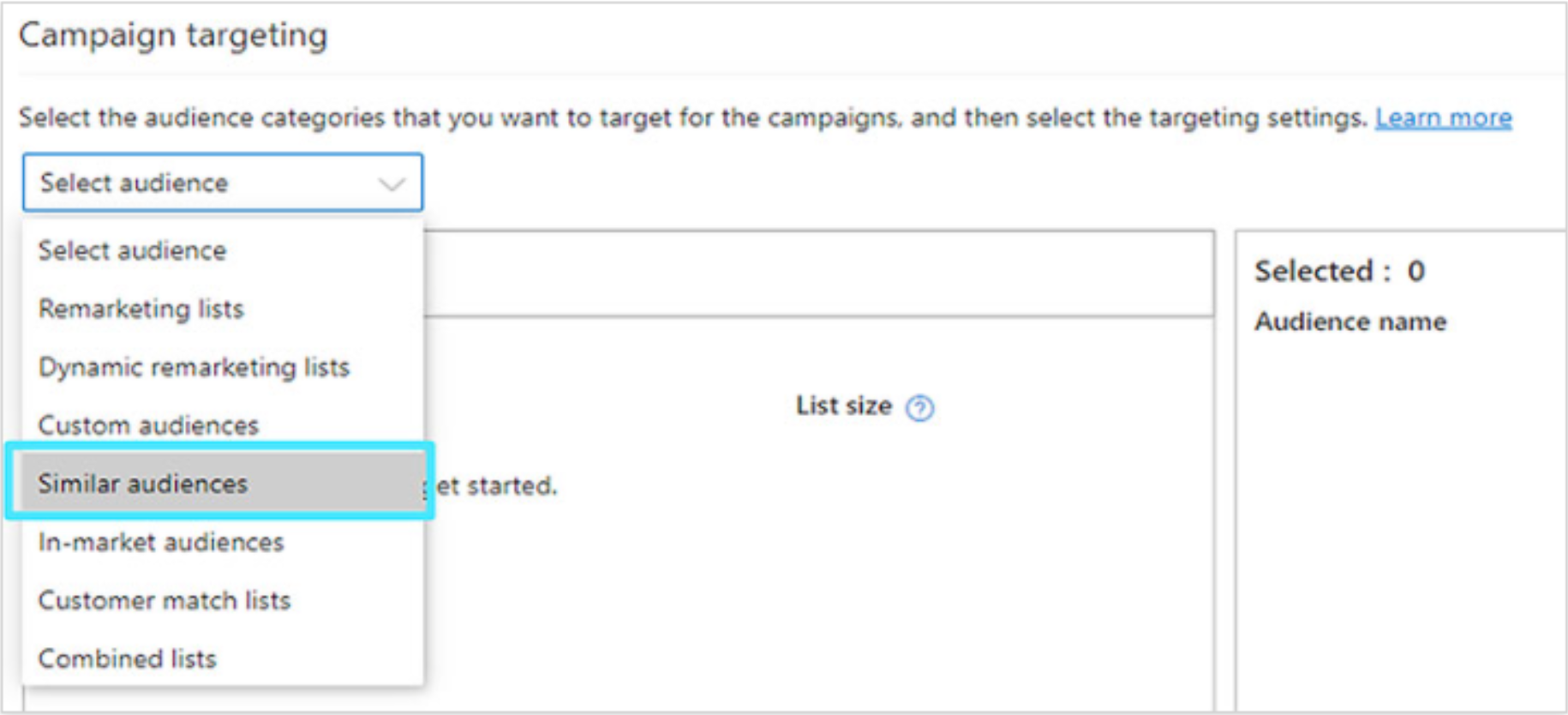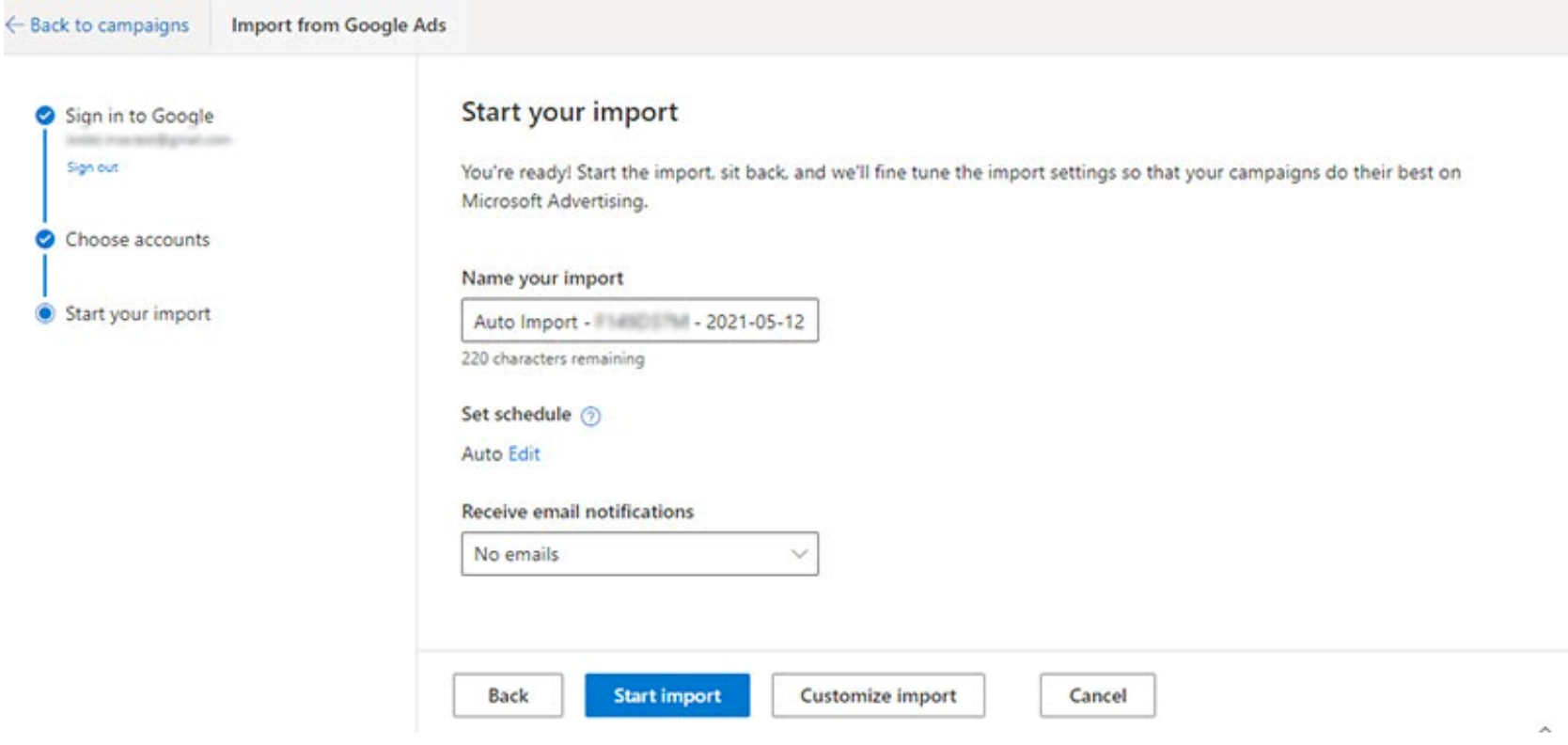Article's Content
Welcome to volume 35!
Let’s take a moment to pause, and just breathe in… and… breathe out…
Didn’t that feel nice and provide you with a quick chance to gather your thoughts?
Well, your paid search ads are looking for that same release—a pause to reflect on their success.
Before we get into that, here’s a peek at what’s to come:
- Paid ads must be paused to test their effectiveness.
- Google Search Advocates are leaving us in the dark.
- Microsoft’s monthly product roundup brings awaited ad updates.

The cloud was on fire last week as Attentive, the leader in SMS marketing for ecommerce brands, acquired Privy, an email marketing platform for small ecommerce businesses.
These tech giants combined forces to cause a boom in e-commerce Mobile Marketing.
At a first glance, the merge pretty much feels like a match made in heaven, but what does it actually mean for B2B marketers?
Find out here: Attentive Acquires Privy: What It Means for the B2B Industry
It’s Time for a Paid Ads Pause
If you’re currently running paid ads — it’s time to take inventory.
How long has it been since you last took a pause to reflect on the ROI of your paid search ads? And what did that reflection look like?
Because any good experiment needs to follow a structure, we will use the trusted A/B testing setup to uncover the value of your paid ads 👇
Test Parameters
Before testing your paid ad ROI, it is essential to set test parameters. For this A/B test, consider the following:
- How long will the test run?
- What method will be used to analyze your findings?
- What is being measured, and what is it being compared to?
- Which attribution model will you use to measure the impact of paid search campaigns?
Two overarching questions will guide this test:
- When branded ad spend is paused, how much does traffic to our organic listings change?
- When total paid search spend is paused, what is the impact on our topline revenue or leads?
Testing Process
Quantifying the value of your ad spend is easy to do in just four steps!
1. Set up test and control groups
The simplest way to do this is to pick geographic regions and split that region’s targeted audience in half.
One will be your control, and the other will be your test group.
2. Double, triple, and quadruple check the setup
Undergo a tracking audit of your website to ensure your website’s revenue measurements are in good standing and won’t result in falsified numbers.
3. Start testing
With your control and test groups in place, simply pause ad spend to the test groups and watch the data roll in.
As results come back, you want to focus on the change in brand ad spend, brand ad clicks & impressions, branded organic traffic, and total conversions.
4. Analyze findings
After your set testing timeframe has been reached, it is time to uncover the results. John Smith of Search Engine Land recommends a D-I-D test.
To help visualize what a D-I-D test looks like; I’ve included a graphic below that gives you a glimpse into the strong experimentation process:

While this method is easiest, there are other ways you can manipulate the data to visualize your results.
I hope this has encouraged you to take a pause to test the effectiveness of paid ads. You may find that a small handful are providing all the value while the others are burning your budget. Or you may find that all paid terms are proving successful.
Only a test will tell.
Key Takeaways
- You don’t need to stop paid ads during this A/B trial.
- Testing paid ads will uncover the true ROI of paid search.
- Beyond paid search, it is important to pause and check in on all strategy successes.
Lights Out On SEO
Google loves to leave us on edge. From mysterious search updates to unannounced testing, we can never say what’s for certainty and what’s a bug.
Now, Google is taking away our inside line — Google Search Advocates.
In a recent Google Search Central: JavaScript SEO Office Hours episode, Mark Splitt of Google’s developer relations team, brought up well-known Google Search Advocates John Mueller and Gary Illyes and how their roles are changing within the Google ecosystem. He stated:
“John and Gary do have insights into ranking because the policy has been that they have (had) access to these things in the past. We are not supposed to know much about ranking… I actually never got access to any of the ranking-related bits and pieces (but) I did learn a bunch of stuff thanks to Gary and John.”
So no, Search Advocates aren’t going anywhere, and John Muller will still share his amusing and educational tweets, but they’re not being included in conversations regarding the ranking algorithm.
The grandfathered knowledge John and Gary do have is becoming void due to changes in the ranking algorithm that they’re no longer privy to.
Therefore our inside line will be joining us in the dark.
Recently though, Google had to delay a portion of the June 2021 Core Update, which is released multiple times a year.
Some of our planned improvements for the June 2021 update aren’t quite ready, so we’re moving ahead with the parts that are, then we will follow with the rest with the July 2021 update. Most sites won’t notice either of these updates, as is typical with any core updates….
— Google SearchLiaison (@searchliaison) June 2, 2021
As you’ll notice, some features weren’t quite ready to roll out in June and will be pushed to July. This update generally doesn’t affect any sites, as it runs in the background, but changes are happening even if we don’t see them.
This delay had me putting on my conspiracy theorist hat as I started to see a potential connection. Mark Splitt spoke, on May 26, regarding the distance Search Advocates have in regards to the ranking factors and the grandfathered knowledge that still exists. So, these delayed updates may be changing and affecting the ranking algorithms in a way that will void the grandfathered knowledge.
Anyway, that’s something to consider as we move into the summer and await July’s Core Update.
Key Takeaways
- We could be in for a surprise this summer with a large update to Google’s system.
- June’s Core Update is being split in two as additional updates are finalized for release.
- Google Search Advocates aren’t involved in the ranking algorithm conversations; all ranking information they do have is dated back to 2018.
Microsoft is Making Changes
Updates are abundant across the board with Microsoft releasing their monthly product roundup on June 4.
First up, Microsoft’s changes to phrase match and broad match on their ads platform has officially rolled out across the US and Canada. This update is the same as Google’s update that rolled out in February of this year. If you’re using Microsoft’s ad platform, this change happened automatically and no existing campaigns were harmed.
Now on to the exciting product release!
A new feature called similar audiences is coming to Microsoft and is set to roll out in the US this month! Remarketing campaigns will be much easier to set up, and far more successful — a 39% increase in successful CVR according to Microsoft’s internal data.
To access this new feature, all you need is one remarketing list with at least 300 users and access to your Microsoft Advertising dashboard.

Once you’ve set up the association, the system will wait for enough signals to come in to predict similar user behaviour before generating your Similar Audience.
The list is kept up to date automatically as daily user activity is reevaluated to ensure the right audience is created without duplications.
Speaking of audience enhancement, you are now able to import audience lists from Google Ads and remarketing lists that have been shared with you.
And speaking of importing data from Google, that process just got easier. Over the month of June, the simplification of the import process from Google Ads will be rolled out.

By the end of the month, you’ll no longer have to deal with configuring imports and instead have access to a simple three-step process: Sign-in, choose an account, and start the import.
Key Takeaways
- Microsoft is making nice with the Google Ads platform to support seamless imports.
- Similar audiences are coming to the US this month which are predicted to increase CVRs by 39%.
OTHER NEWS OF THE WEEK:
🤝 Attentive has acquired eCommerce startup Privvy, and Ben Jabbawy couldn’t be happier about this because of what it means for the entire Privvy community.
💰 The global leader in execution management, Celonies, announced raising $1B in its Series D funding round.
🤝 iContact Marketing Corp is expanding into the SEO space, and the most natural partner choice had to be Moz. This is why both companies are happy to announce that Moz has been acquired by iContact Marketing Corp!
🦄 After the latest funding round for Exabeam, a cybersecurity unicorn, bringing in $200M has propelled their valuation to $2.4B.
BRAIN FOOD OF THE WEEK:
Big news for those who have cryptocurrency burning a hole in their pockets — Coinbase’s Visa debit card is now compatible with Apple and Google Pay!
Curious as to how this works? Let me explain: the card will convert your cryptocurrency to a fiat currency at the point of sale. This will allow you to pay with crypto at any card-accepting merchant. On top of being able to spend your crypto coin, Coinbase’s card offers 4% back in Stellar and 1% in Bitcoin for every purchase made with their respective currency.
Coinbase won’t be the sole player for long as Mastercard and Gemini are gearing up to unveil their own crypto card with 3% bitcoin returns. BlockFi is in the early stages of its own card, but this progression may be the force needed to move the needle on crypto payments against unfavourable tax laws.
TWITTER THREAD OF THE WEEK:
How to create threads that can generate 5M impressions and 10K+ retweets in 3 weeks by Blake Emal
WHAT WE’RE WIRED INTO THIS WEEK 🎧:
The Lateness of the Hour by Alex Clare (Best Track: Too Close)
Originally sent out, by me Cali B, on Thursday, June 10, 2021.
Stay up to date with all of our latest findings by subscribing to our newsletter today. Signing up also gives you early access to Ross’ Tuesday essay full of exclusive industry insights.
Quick, do it now before the next drop!







